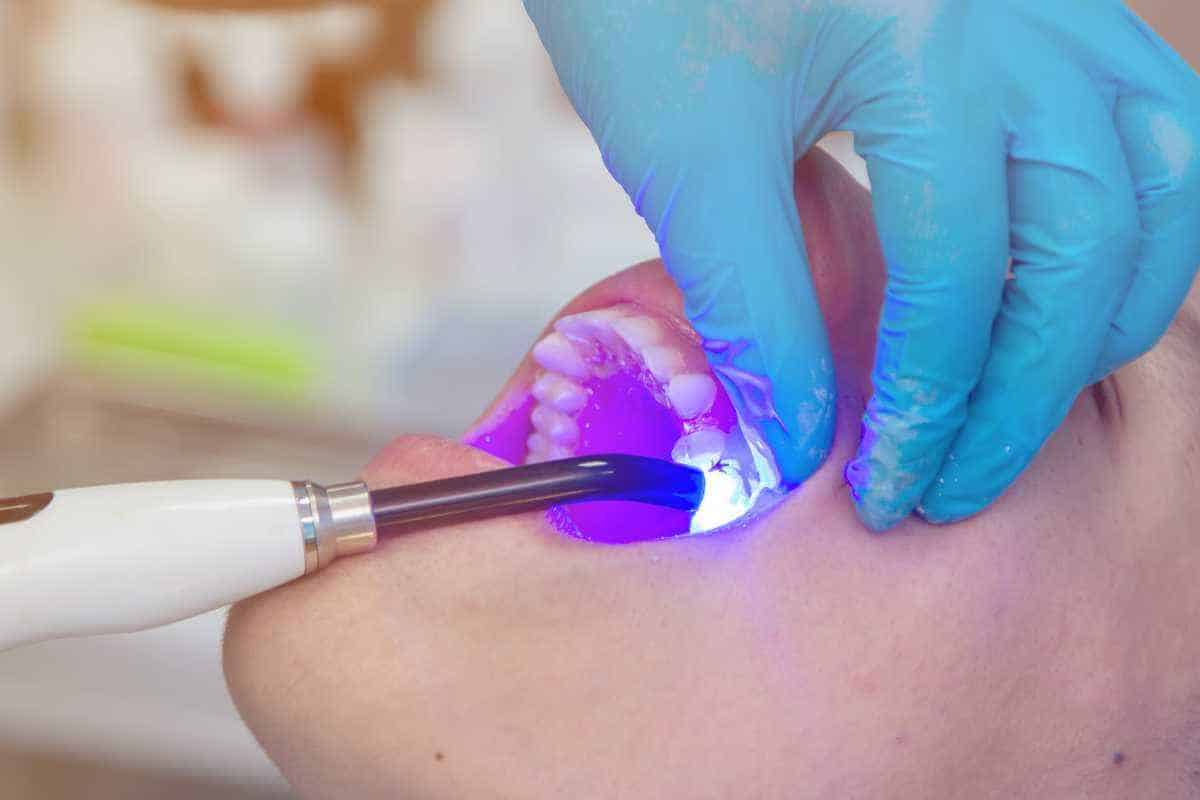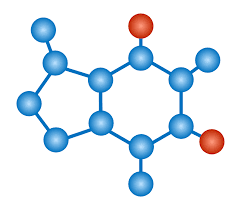Dental polymerization lamps are essential equipment used in dental clinics and laboratories for curing light-curing dental materials like composites, sealants, and adhesives. There are different types of dental polymerization lamps available in the market based on their light source and other technical specifications.
Halogen Bulb Lamps
Halogen bulb lamps were the first type of dental curing lights introduced. They use traditional halogen bulbs as the light source which generates blue light in the waveband of 400-500 nm required for curing. Though inexpensive compared to LED lamps, halogen bulbs have some drawbacks. They have a limited lifespan of around 100 hours and generate significant heat during operation which can damage light-cured materials if not used carefully. Their curing effectiveness also reduces significantly over time as the bulb ages.
LED Lamps
LED or light-emitting diode lamps have largely replaced halogen lamps today due to various advantages. LEDs emit light in a narrow bandwidth focused on the blue region which makes them very effective for polymerization. They conserve more power, run cooler without overheating issues and have an extended lifespan of over 10,000 hours, making them far more durable. LED lamps are available in both corded and cordless variants for improved mobility. Their longer operational life results in lower overall maintenance costs.
Plasma Arc Lamps
Plasma arc lamps utilize an electrical plasma arc discharge as the light source instead of bulbs. They emit an extremely bright blue light in the range of 400-500 nm required for curing. Considered the most powerful type of dental curing lights, plasma arc lamps offer higher light intensity that reduces curing times significantly. However, issues with excessive heat generation, complicated design and higher purchase costs limit their widespread use currently. Further engineering improvements are ongoing to address these drawbacks.
Parameters to Consider While Selecting a Dental Polymerization Lamps
When purchasing a dental polymerization lamp, there are several key technical parameters that need consideration to get an effective product for different clinical needs:
Light Intensity
Light intensity, measured in milliwatts per square centimeter (mW/cm2), determines the speed and quality of polymerization. Higher intensity above 1000 mW/cm2 is needed for rapidly curing large cavities and deep restorations while lower intensities around 600 mW/cm2 suffice for small composite buildups.
Light Source Type
As discussed earlier, the light source impacts lifespan, heat generation and cost factors. LED lamps are usually preferred over halogen for longevity.
wavelengths
The wavelength range of emitted light must be within the 400-500 nm blue spectrum for efficient curing of dental materials.
Curing Time
The time required reducing curing size and adapting clinical workflow needs to match. Faster curing allows treating more patients.
Light Guide Tips
Flexible, angled light guide tips facilitate accessing all areas within the oral cavity for optimal light positioning and curing compact composites in deep cavities.
Dimensions and Weight
Compact, lightweight portable lamp designs promote clinical mobility and comfort during use over long procedures.
Additional Features
Advanced features like timer functions, battery life display, charge level indicator etc. add to usability. Connectivity for software upgrades improves performance over time.
Safety Certifications
Products should comply with international biocompatibility and electrical safety standards like FDA, CE marking etc. for risk-free clinical application.
Warranty and after-sales support
Longer warranty coverage and good technical support extend the useful lifespan of expensive equipment investments.
Considering Performance, Reliability and Cost-efficiency
While the latest plasma arc and high-power LED lamps undoubtedly offer cutting-edge performance, their pricing remains unsuitable for general private practices with average patient volumes. On the other hand, traditional halogen designs are becoming outdated due to reliability issues over the long run.
The sensible approach is to select mid-range LED lamp models from reputed manufacturers balancing both functional requirements and affordability depending on individual clinic needs. LEDs now equal or surpass halogen performance at competitive prices, translating to optimized whole-life costs and maximum value for investment compared to higher-end premium products.
Latest enhancements like programmable curing modes, automated shutoff and battery charging indicators in newer mid-tier LED models further close the usability gap with expensive alternatives, making them a practical choice for regular use cases. Post-sales warranties provide cost protection in case of repairs during ownership.
Choosing the right dental polymerization lamp based on clinical needs and budget while also factoring engineering quality leads to consistently effective curing results essential for placing long-lasting restorations. Periodic maintenance as per manufacturer guidelines ensures sustaining the performance levels over the product’s projected lifespan.
*Note:
1. Source: Coherent Market Insights, Public sources, Desk research
2. We have leveraged AI tools to mine information and compile it


